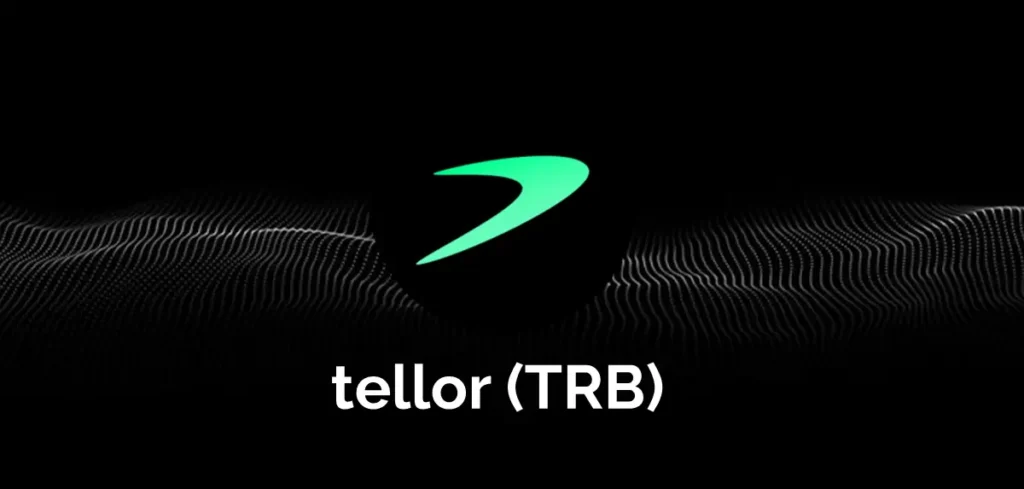Traditional Finance (TradFi)
TradFi, also known as legacy finance, is the established financial system that we have all come to know.
It is a centralized system, meaning that it is governed and controlled by institutions such as banks,
financial markets, and government agencies. TradFi offers a wide range of financial products and
services, including savings accounts, loans, investments, insurance, and payment processing.
Key Characteristics of TradFi:
Stability: TradFi is considered a relatively stable system due to its backing by institutions and
governmental support. This stability instills confidence among users and makes TradFi a trusted avenue
for financial transactions.
Regulation: TradFi is subject to stringent regulations by governments and financial authorities. These
regulations aim to protect consumers, ensure market integrity, and prevent financial crimes.
Accessibility: TradFi services are widely accessible to individuals and businesses, with a vast network of
financial institutions and service providers.
Limitations of TradFi:
Centralization: The centralized nature of TradFi concentrates power in the hands of a few institutions,
limiting individual control over finances. This centralization can lead to inefficiencies and a lack of
responsiveness to user needs.
Cost Implications: TradFi often involves various fees for different services, such as transaction fees,
account maintenance fees, and investment management fees. These fees can impact the overall cost-
effectiveness of TradFi services.
Operational Inefficiencies: TradFi processes can be slow and inefficient due to legacy systems, manual
processes, and regulatory compliance requirements.
Centralized Finance (CeFi)
CeFi emerged as a bridge between TradFi and DeFi, leveraging blockchain technology to enhance the
efficiency and transparency of centralized financial services. CeFi platforms offer a variety of financial
products and services like TradFi, including lending, borrowing, trading, and asset management.
Key Characteristics of CeFi:
Stability and Regulatory Compliance: CeFi platforms are typically backed by financial institutions and
operate within regulated environments, ensuring stability and adherence to consumer protection laws.
Accessibility: CeFi platforms are increasingly becoming accessible through user-friendly mobile
applications and web interfaces, making it more convenient for individuals to access financial services.
Efficiency and Transparency: CeFi utilizes blockchain technology to streamline transaction processing,
reduce delays, and enhance transparency through on-chain records.
Limitations of CeFi:
Centralization: Despite the integration of blockchain technology, CeFi platforms remain centralized,
meaning that control over financial assets and services still rests with the platform operators.
Cost Structures: CeFi platforms may still charge fees for various services, like TradFi institutions.
Decentralized Finance (DeFi)
DeFi represents a revolutionary approach to finance, operating on decentralized blockchain networks.
DeFi eliminates intermediaries like banks and financial institutions, allowing individuals to manage their
finances directly through peer-to-peer protocols and smart contracts.
Key Characteristics of DeFi:
Decentralization: DeFi distributes power among all participants in the network, promoting a more
equitable and inclusive financial system.
Transparency: All transactions on the DeFi blockchain are recorded and visible to everyone, fostering
transparency and accountability.
Efficiency: DeFi utilizes blockchain technology to enable fast and secure peer-to-peer transactions,
eliminating the need for intermediaries.
Potential Cost-effectiveness: By removing intermediaries, DeFi has the potential to offer more cost-
effective financial services compared to TradFi and CeFi.
Challenges of DeFi:
Inherent Risks: DeFi is a relatively young technology, and it faces inherent risks such as hacks, fraud, and
security vulnerabilities.
Complexity: DeFi protocols and smart contracts can be complex, making it challenging for beginners to
understand and use.
Regulatory Uncertainty: The regulatory landscape surrounding DeFi is still evolving, creating uncertainty
for users and businesses.
The Future of Finance
The future of finance is likely to be characterized by a hybrid ecosystem that incorporates elements of
TradFi, CeFi, and DeFi. Each paradigm has its strengths and weaknesses, and they can complement each
other to create a more efficient, transparent, and inclusive financial system.
TradFi is likely to maintain its dominance in terms of established infrastructure and regulatory
frameworks. However, CeFi and DeFi are poised to play increasingly significant roles, catering to
different user needs.
CeFi is likely to benefit from its ability to provide a more familiar and user-friendly experience for
individuals who are accustomed to TradFi. Additionally, CeFi can offer a smoother transition to DeFi by
providing access to DeFi products and services within a centralized environment.
DeFi is likely to attract individuals who seek greater control over their finances and value the principles
of decentralization and transparency. As DeFi protocols mature and security measures improve, more
individuals are likely to embrace DeFi as a viable alternative to TradFi and CeFi.
Regulatory clarity will play a crucial role in shaping the future of finance. Governments will need to
carefully consider how to regulate emerging technologies like blockchain and DeFi while ensuring the
protection of consumers and investors.
Technology advancements will also drive the evolution of finance. The development of more efficient
blockchains and smart contracts will further enhance the capabilities of DeFi. Additionally, the
integration of artificial intelligence and machine learning is likely to transform various aspects of finance,
including risk management, fraud prevention, and customer service.
As these paradigms converge, innovative solutions will emerge, revolutionizing financial management
and reshaping the future of finance.



